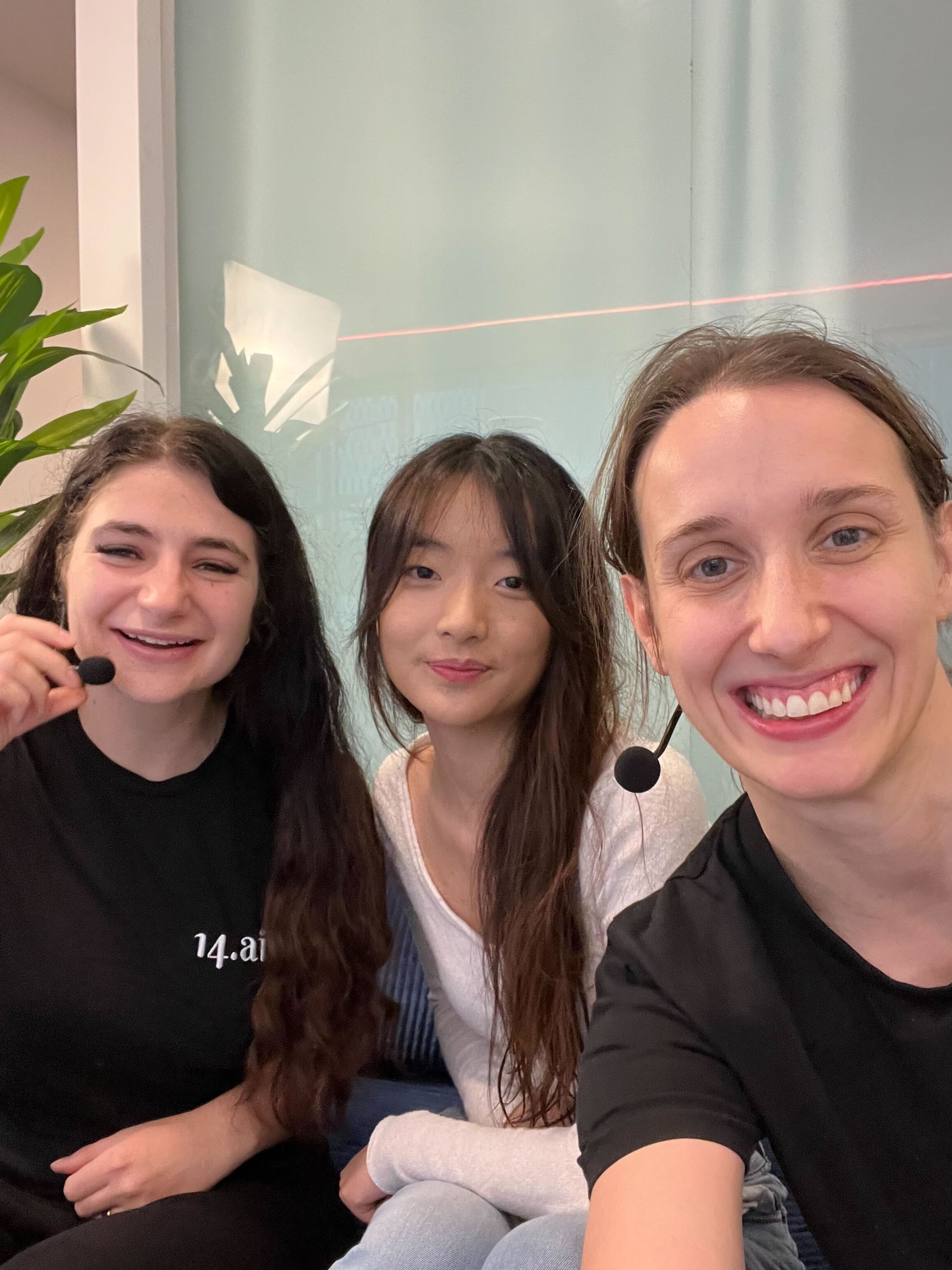
November 5, 2025
Workshop recap: Closing the loop: Turning customer feedback into proactive support with AI

On November 5, we hosted a LinkedIn Live with Alex J. Hong, from Syncly (YC W23), to explore how brands can centralize customer feedback and transform it into proactive support. Drawing from a decade of experience in AI and machine learning, Alex shared how Syncly grew out of his team’s own experience struggling to understand what customers were saying at scale, and how fragmented feedback loops can quietly erode retention.
Why visibility breaks as you scale
Early on, every customer’s voice is easy to track. But once feedback spreads across tickets, reviews, Reddit threads, and DMs, visibility collapses. Alex explained how most teams lose context because signals scatter across too many tools. “You can’t fix what you can’t see,” he said, and without that visibility, even simple questions like how big is this issue, and how long has it been happening? become impossible to answer.
Centralizing the feedback firehose
Syncly addresses this by integrating directly with platforms like Gorgias, Amazon reviews, Target listings, surveys, and social media. Centralizing all inputs into one view gives teams a holistic dataset, replacing spreadsheets and siloed dashboards. Once data is ingested, AI automatically classifies it into themes: pricing, product quality, packaging, and site experience, so teams can stop guessing and start identifying patterns across channels.
From chaos to CODA
Alex summarized the process as CODA: Centralize, Organize, Discover, Act. Once signals are grouped, Syncly makes it easy to visualize trends over time, identify affected customer cohorts, and measure which feedback topics impact VIPs or repeat purchasers. This “single source of truth” turns fragmented conversations into an actionable feedback loop.
Asking questions directly to your data
Syncly users can query their own feedback like they would ChatGPT. The difference, Alex noted, is that the answers are grounded in real company data: every review, every comment, every survey response. Teams can ask questions such as Which issues are causing one-star reviews this quarter? or How long have packaging complaints persisted? and get instant, contextual answers without running manual analyses.
Social media as the new support channel
One of the biggest shifts Alex has seen is that customers no longer take their problems to traditional support tickets: they take them to Twitter, TikTok, and Reddit. Often they tag the founders directly. That public visibility forces companies to move faster. Detecting early signs of dissatisfaction and containing misinformation before it spreads is now a critical form of reputation management. “Stopping one wrong thing from going viral,” Alex said, “is often more valuable than five positive viral moments.”
The TikTok challenge
For TikTok-first brands, Alex emphasized two imperatives: detect early signals and understand what resonates. Beyond content performance, brands need to monitor how audiences comment, share, and stitch videos in real time. But API restrictions make it hard to do this with legacy tools, creating an opportunity for AI-driven systems to unify these fragmented signals.
Rethinking metrics like CSAT and NPS
Asked whether classical metrics still matter, Alex noted they’re useful, but lagging. CSAT and NPS measure what’s already happened. To act proactively, companies need to look at sentiment as a leading indicator. Tracking shifts in tone and intent over time gives a much earlier warning that customers are becoming frustrated, long before low scores appear in quarterly reports.
Turning qualitative chaos into structured insight
One of Syncly’s core innovations is breaking long messages into smaller feedback blocks. A single post might contain multiple insights: praise for design, criticism of functionality, and a shipping complaint. By parsing each into separate signals, the AI preserves nuance while giving teams accurate counts by category. It’s how qualitative feedback becomes quantifiable and machine-readable without losing human context.
Balancing automation and the human touch
While Alex noted that AI agents are becoming more capable, he emphasized that not every interaction should be automated. When intent or context is unclear, customers still need human support to feel understood. The goal isn’t to replace people, but to let them focus on the complex, emotional, or high-impact moments where human judgment makes the biggest difference.
Feedback ownership across the org
Adoption of Syncly typically starts with CX leaders, but quickly expands to marketing, product, and leadership teams. Marketing searches for positive sentiment and testimonials. Product uses it to trace feature-related pain points. Executives use it to ask questions directly instead of waiting for reports. During onboarding, Syncly tailors dashboards to each department so every team can act on the same underlying data.
B2B, B2C, and everything in between
Alex pointed out that the line between B2B and B2C is increasingly blurred. Many consumer brands now sell wholesale, while B2B players need direct consumer feedback. The underlying challenge is the same: understanding what people love, what frustrates them, and how to shorten the loop between signal and action. AI, he argued, makes that loop fast enough to keep pace with real-time markets.
The future of customer feedback
Looking ahead, Alex predicted that customer feedback tools will need to become simpler, not more complex. Teams no longer want to spend time learning new dashboards; they expect to be able to ask questions and get clear, data-backed answers instantly. He shared that Syncly’s roadmap focuses on building AI “analysts” capable of automatically generating dashboards, identifying correlations like churn versus sentiment, and surfacing key insights without manual setup.
Ultimately, the goal is simple: make data-backed decisions effortless for every team.
A huge thank you to Alex for sharing his insights, and to everyone who joined us live.